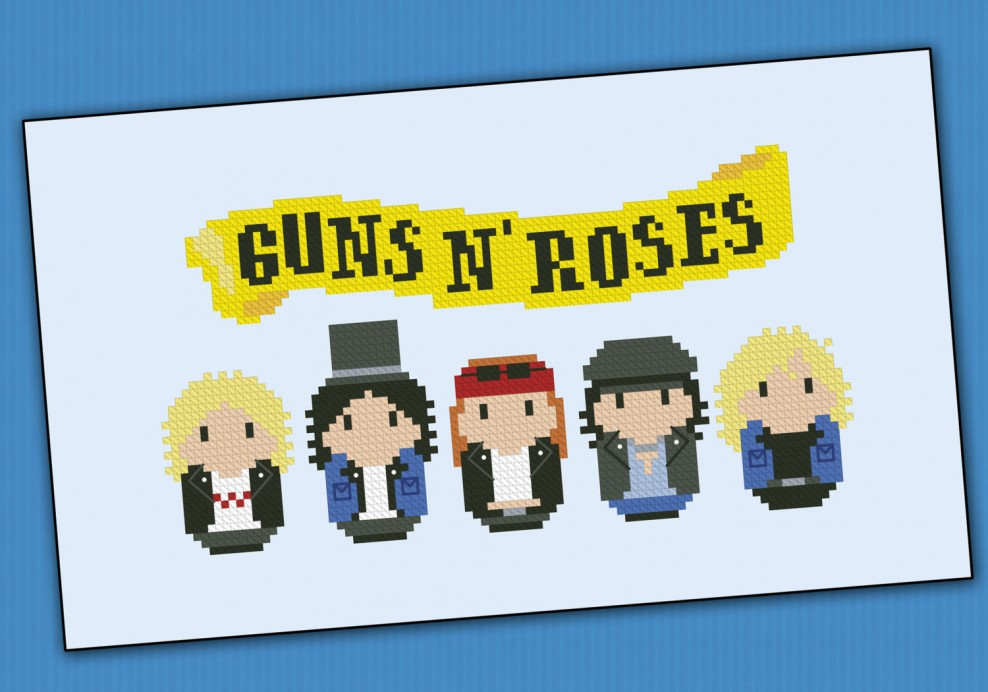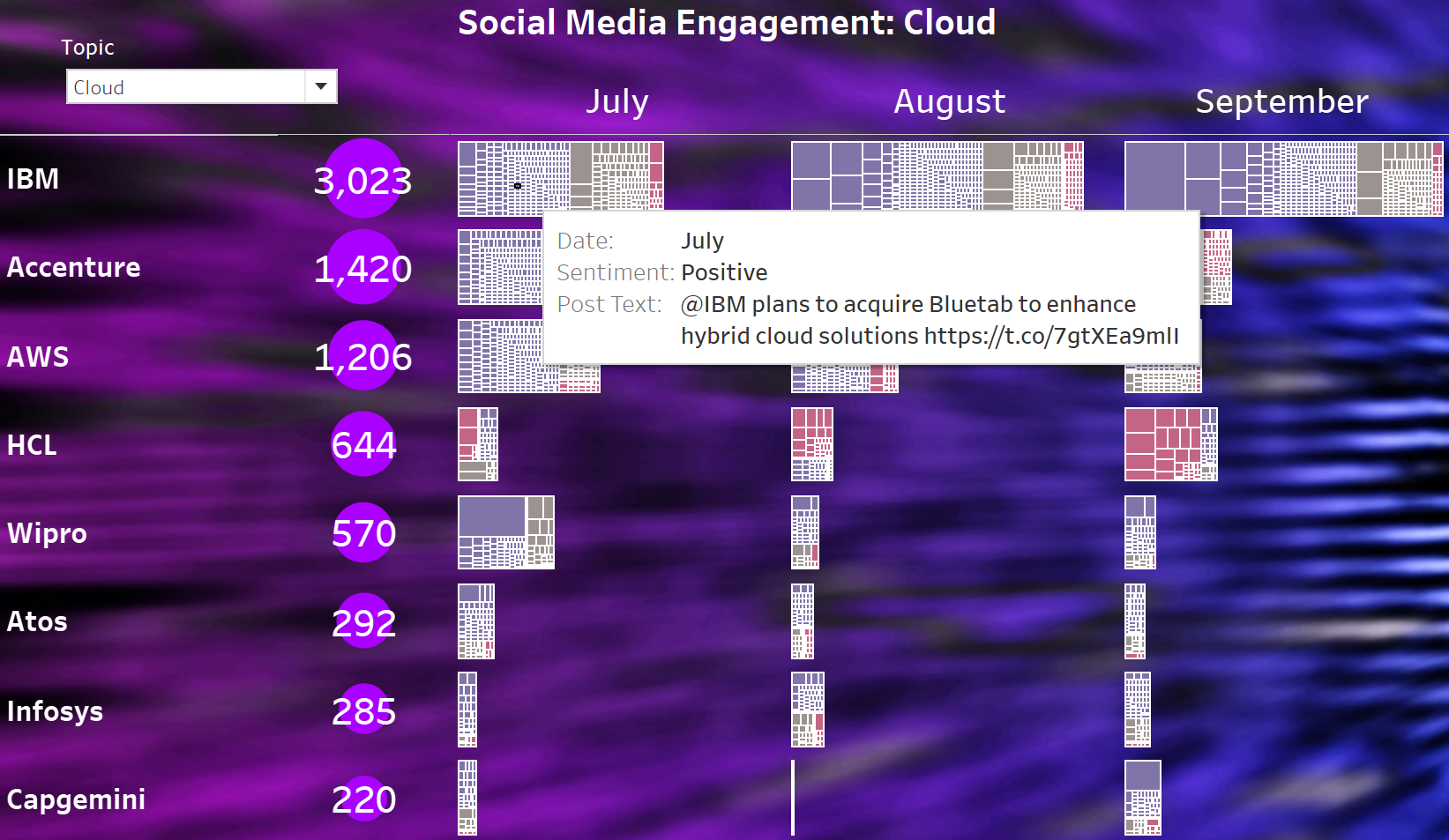I look back on the launch of the Guns N’ Roses single “Sweet Child O’Mine” with a combination of nostalgia and with a degree of sadness as it stands out in my mind as a totem for lost innocence. For me, this song was a beginning, but for a friend of mine, it was an end.
For months, a friend of mine, a much cooler friend, had been banging on about Guns N’ Roses with a degree of passion that only teenage fandom can inspire. I hadn’t been drawn in, other than the odd “they are OK” type of comment after being buttonholed with some obscure EP. Then I heard “Sweet Child o’Mine” and loved it. I was excited I could join my friend in his passion and be part of the cool kidz club, only to be told, “They’ve sold out; I hate them now.” For him, Guns N’ Roses was over, but for me, it was just beginning. My reaction was along the lines of “but they’re good now.” I started this musical journey the moment he moved on and, but it is on my main playlist even now. My friend, he’s probably abandoning his love for Synthwave J-Pop as we speak (yes, I did google what are the coolest music trends right now so these probably aren’t.)
As a technology industry analyst, it’s easy to behave like the “cool” teenager, and everything is about the exciting new technology, with anything becoming mature left behind. Still, for most organisations, the point of entry is when it starts to get good. It’s a double-edged sword because for the technology to mature, it needs the initial excitement, but for the technology to be widely adopted, it needs to demonstrate value by solving or helping to solve a real-world problem faster, cheaper or better and preferably, for an enduring technology, all three. One characteristic of digital that I like is that it is the exception to the rule that you can only have two out of the three.

By the way, we do need some people to be continually chasing the niche and being at that bleeding edge. Being interested and exploring new technologies is key to them being improved, and is how the enduring compositions are created. But for the individual, they’re going to explore many paths that don’t go mainstream, and they’ll be an awful lot of effort and treading water. I personally think this is best left to IT and technology companies.
Paradise City
So what does this have to do with digital and IT Services? I guess a theme emerging over the past couple of years, particularly with technology commentators and in “thought leadership” has been the passing of digital and the desire to find the next big thing. I may have gone down this rabbit hole myself in the past. For example, opinions differ about the future of the current anthemic technology de jour, AI. Is the technology getting stale before becoming mainstream, or is it so embedded and intrinsic to every platform that it is becoming part of the technology wall of sound, like cloud and automation? Frankly, AI and machine learning were never headlining technologies in the same way something like cloud or the internet were, but they are very much part of the overall digital ensemble.
So rather than talk about post-digital or the death of digital in a clickbaity manner – we need to talk about what digital is becoming, how’s it’s definition is extended, what is being added to its symphony and how this is helping organizations be more in tune with customers and stakeholders. It might be cool to talk about it being over, it might get some more eyeballs on the article, but it really isn’t over. Today is just the beginning for digital, it’s just started to get good.
November Rain
For the next couple of years, I suspect the main focus of technology innovation will be on its application and away from the more prosaic and chasing of the “next big thing.” Addressing problems within society from the pandemic and the wider, growing schisms led by a divisive political landscape. Much of which is caused, in part, by the erosion of trust from fake news and toxic social media firestorms are likely to be front and center for many organizations. These things have changed the relationship between the state and citizen, and changed how organizations across industries relate to their customers. And, not forgetting, their customers’ customers, and their ecosystem partners. So digital will need to flex to adapt to this change – not merely by adding scale, which has been the bulk of the activity so far, but extending and adapting to the long term challenges of the changing world. While we’ve all benefited from the added agility digital technologies have fuelled so far, I expect that this will multiply in the next 24 months. Necessity being the mother of invention.
So digital is not over. We aren’t post-digital. Saying it’s dead doesn’t make you cool. If anything, you’re going to have to strap yourself in for a whole lot more.
And what did I learn from my uber-cool friend? Other than the immediate realisation I wasn’t that cool? The intermediate realisation that he was a bit immature? Maybe, but the long lesson was that value comes from not abandoning things because of external perceptions, it’s OK to stick with what you know, and adaptation is probably a more natural way to learn than starting again.
Happy 2021! Welcome to the jungle, we’ve got fun and games!




